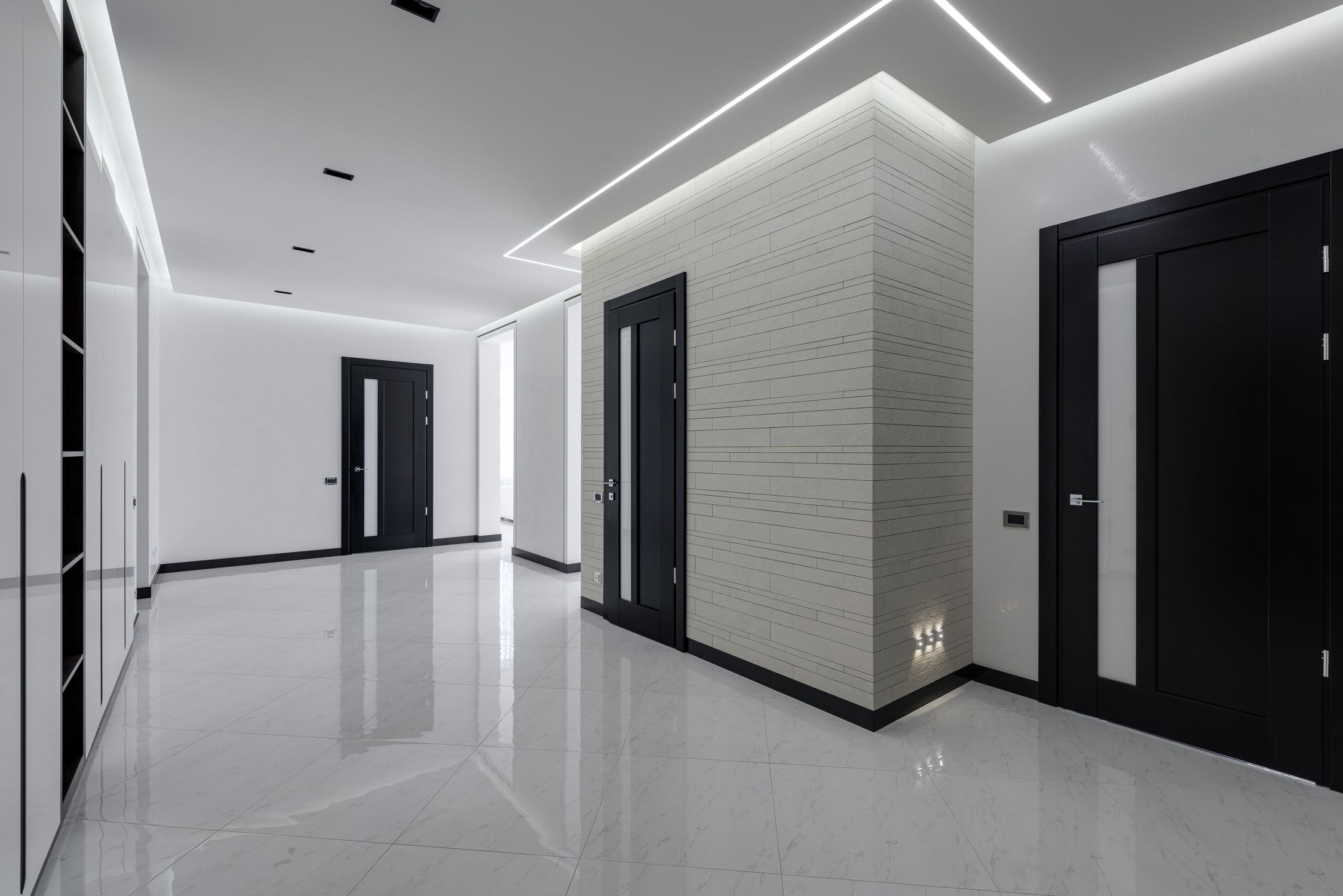Feb 2022

Whenever winter arrives, snowstorms often follow. And with them come sleet and ice, creating slippery roads, walkways and parking lots. A slip and fall can cost a company up to $50,000 in court costs and lawyers’ fees. Not to mention, it could keep an employee from work for an indeterminable amount of time. No one wants to incur those expenses when they can be easily avoided.
Ensuring your roadways, parking lots, and walkways are clear of ice, sleet, and snow is imperative. But choosing the correct deicer, also called salt and ice melt, can be challenging. With so many on the market, how do you choose which is best for you?
There are several things to consider:
- Climate
- Environment
- Residual deicing
- Shape
- Form
- Price
Climate

Depending on your climate, you will want either an exothermic or endothermic ice melt. Exothermic ice melt is best for extreme cold and works well in climates as low as –25 degrees. Exothermic ice works by releasing heat, whereas endothermic ice, best for moderately cold climates, works by drawing heat from the surroundings to dissolve the ice and snow.
Environmental

You have to consider a few environmental factors when choosing an ice melt. How will the runoff affect the nearby vegetation? Will the salt penetrate the concrete of our walkways? Are we able to take steps to combat the potential rust of gates on our property? All of these are important questions. For vegetation, sodium chloride may be more damaging than sodium acetate. In terms of your walkways, expeditious removal of leftover salt will help stop the salt from seeping into porous surfaces and prevent any metal gates or doorways from rusting.
Residual Deicing

The chemical compounds found in the ice melt will affect how long it continues to work after being applied. The longer residual action deicers will lessen the frequency of application. They may be a tad more expensive but are worth it in the long run.
Shape
You will generally open a bag of salt to find little pebbles. Oftentimes they seem irregularly shaped but upon closer inspection, they are similar. Round, solid deicers work downward and outward evenly, allowing it to rapidly cut through the ice to the surface. Whereas the less common irregularly shaped pebbles melt horizontally more that they work downward, increasing the time it takes to reach the ground.
Form

There are two forms of deicer: solid and liquid. Solid deicer absorbs the moisture from the top of the ice or snow and works its way down to the surface, creating a solution, or brine, to soften what is keeping the ice stuck to the ground. Whereas liquid deicer is applied as a pre-treatment. It is already a brine, so it doesn’t have to create anything. As it is preventative, once the precipitation hits the solution, it starts to melt.
Price
Most often the price of ice melt is based upon the chemical make-up. Sodium acetate is the most expensive, while sodium chloride is the least expensive. In this case, the price does not reflect the effectiveness, as all ice melts will ultimately break down the ice and snow. It will be entirely up to you which chemical make-up is correct for you.
The Best Ways to Use Deicer
When using ice melt, be sure to put down a thin preventative layer. This will help stop the initial flakes from sticking and creating an ice barrier. Then throughout the storm, continue to put down a thin layer every hour or two, depending on the snowfall. Once the ice has melted, be sure to remove any excess salt. But don’t shovel it into the grass – be sure to remove it consciously. And if you’d like to add a bit of traction, add some sand to your deicer.
Keep Your Floors Clean

Once you have handled the outside, it’s time to tackle the inside, as tracking salt residue into your facility is both harmful and unsightly. It is important to have the correct facility matting at your entrances to help prevent the salt from being tracked onto your floors. But it’s impossible to prevent it entirely, so you must have the right products to remove and neutralize the salt on the internal floors. The Husky 710 Floor Cleaner and Salt Neutralizer is an industrial strength rinsing compound that will make it easier to cut through the residual salt and ensure a clean, safe floor.
